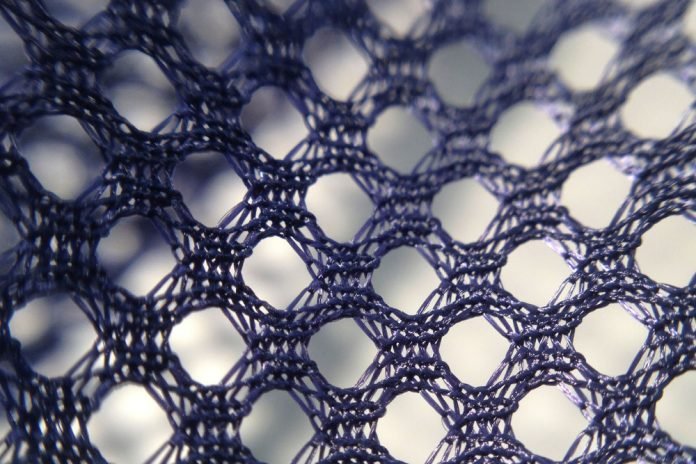The Global Technical Textile Market Size was valued at USD 195 Billion in 2022, and it is projected to grow to USD 351 Billion by 2032, representing a Compound Annual Growth Rate (CAGR) of 6.5 percent from 2023 to 2032.
The Technical Textile Market is a dynamic and innovative sector within the textile industry, playing a crucial role in diverse applications such as automotive, construction, healthcare, and aerospace. Technical textiles are engineered to possess specific performance characteristics, making them different from traditional textiles.
Technical Textile Market Leading Companies are 3M, Ahlstrom, AVINTIV, Johnson & Johnson, Kusumgar, Maccaferri, Procter & Gamble, SRF Limited, SKAPS Industries, and Strata Geosystems,
A significant trend in the Technical Textile Market is the growing demand for sustainable and eco-friendly textiles. This trend is driven by increased environmental awareness and regulations, pushing manufacturers to develop textiles with lower environmental footprints.
The market is witnessing the integration of technology into textiles, leading to the development of smart and functional textiles. These textiles can monitor vital signs, provide heating or cooling, and offer other advanced functions.
Medical textiles, such as implants, wound dressings, and surgical drapes, are experiencing innovations, resulting in enhanced biocompatibility and performance.
The adoption of technical textiles in industries such as automotive, construction, and geotextiles is driven by their durability, resistance to harsh conditions, and high-performance attributes.
Technical textiles are increasingly used in the healthcare sector for wound care, implantable devices, and protective clothing, owing to their biocompatibility and antimicrobial properties.
Safety and regulatory standards in various industries, particularly in protective clothing and automotive applications, drive the demand for high-performance technical textiles.
The manufacturing of technical textiles often involves complex processes and specialized materials, resulting in higher production costs, which can be a barrier for some applications. In some markets, there is limited awareness among consumers and industries about the potential benefits of technical textiles, limiting their adoption.
Some technical textiles are difficult to recycle due to their composition, posing environmental challenges and raising concerns about waste management.
The Technical Textile Market is poised for significant growth in the coming years. As industries increasingly rely on high-performance materials and technologies, technical textiles are expected to play a pivotal role. Innovations in manufacturing techniques, including 3D weaving and additive manufacturing, will lead to the development of complex and high-performance technical textiles.
Continued research and development will result in the creation of new materials with enhanced properties, such as improved strength, flame resistance, and biodegradability. The market is likely to expand further as developing economies increase their consumption of technical textiles in various industries.



